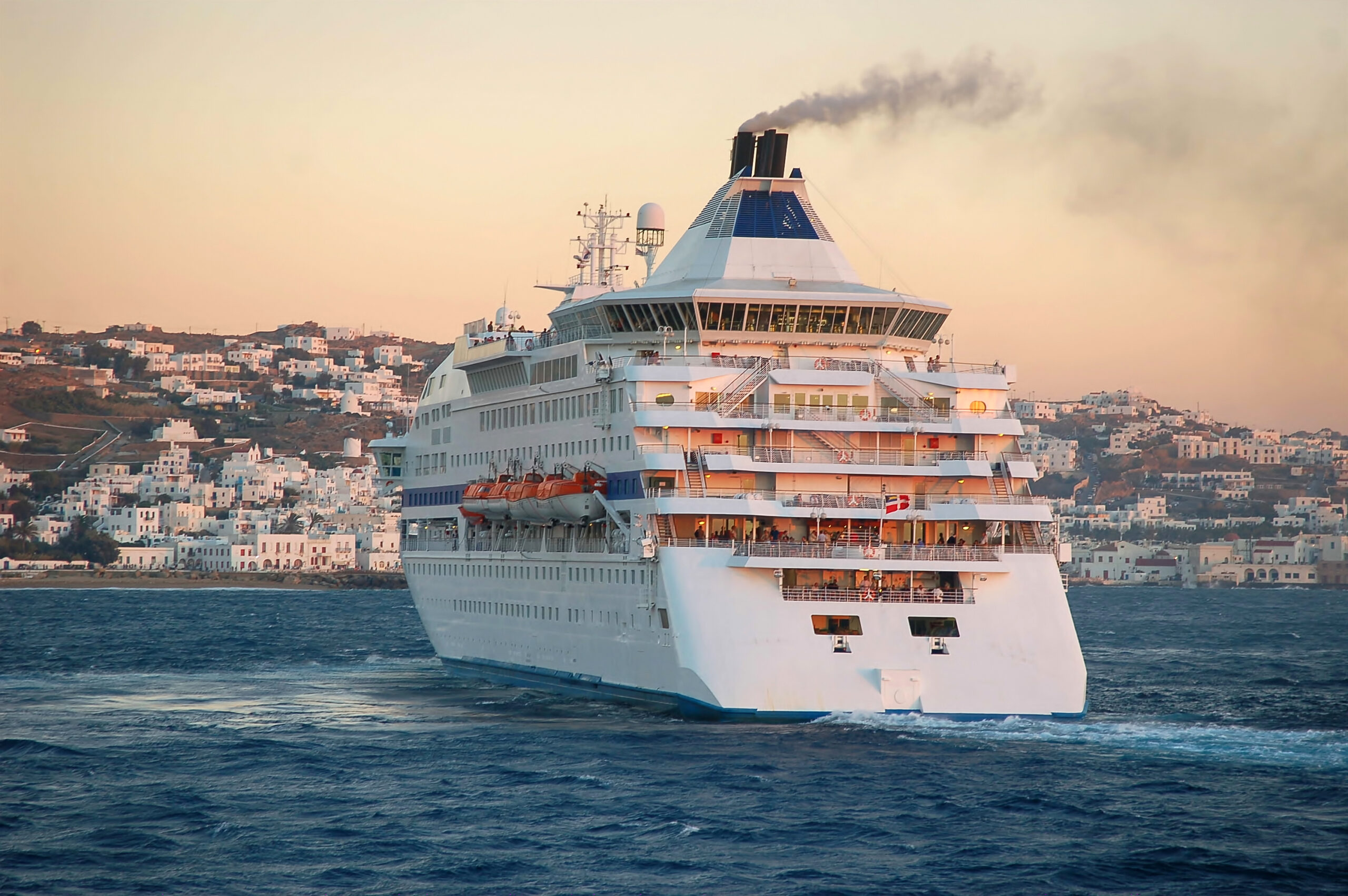The Greek government is finally proceeding with the implementation of the cruise levy from this year, with a delay of seven months, as it will come into force in the middle of the season and specifically on July 21.
Greece approved last year the bill charging cruise ship visitors a levy in an effort to curb soaring tourist numbers to often-overcrowded destinations, the latest country in Europe to take such measures.
The Greek government said the revenue will be invested for the construction and improvement of infrastructure and projects in general, as well as for the enhancement of tourism in the country.
Greece will impose a 20-euro levy on cruise ship arrivals to the popular islands of Santorini and Mykonos during the period June 1 to September 30 and a five-euro levy to other destinations.
For the period of October 1-31 and April 1 to May 31, Greece will impose a 12-euro levy on cruise ship arrivals to the islands of Santorini and Mykonos and a three-euro levy to other destinations.
For the period of November 1 to March 31, Greece will impose a 4-euro levy on cruise ship arrivals to the islands of Santorini and Mykonos and a one-euro levy to other destinations.
The move signals a shift in Greece’s cruise tourism strategy. The 20-euro levy in a peak-season is specifically designed to combat severe congestion during the busiest months. For passengers, the fee will likely be incorporated in cruise fares, with cruise lines handling the payment to the Greek government. This move also reflects Greece’s effort to balance tourism growth with sustainability.
Specifically, the payment of the cruise fee is made through an electronic voucher which is issued exclusively via an electronic platform, operated by the Greek Ministry of Maritime Affairs and Insular Policy, and is carried out by the shipping agent or the cruise company or the Greek operating company of the cruise ship.
In case it is established by inspections that the fee has not been paid, or inaccurate payment of the fee is found, the liable parties will be notified and given a deadline of thirty days to comply.
After the expiration of the thirty-day deadline, if the liable parties do not comply by submitting a supplementary declaration simultaneously, the owed amount will be certified against the liable payers by the port authorities to the Greek tax authority.
Furthermore, by decision of the Greek Ministry of Maritime Affairs and Insular Policy, upon reasoned recommendation by the competent port authority, passenger disembarkation may be prohibited on subsequent approaches of the said cruise ship to a port for specific periods.
The Greek prime minister Kyriakos Mitsotakis said in an interview with Bloomberg last year that the islands of Santorini and Mykonos, which have become focal points in the debate over the perils of over-tourism, are the ones “that are clearly suffering.”
Santorini saw 800 cruise ship visits in 2023, followed by Mykonos with 749.



